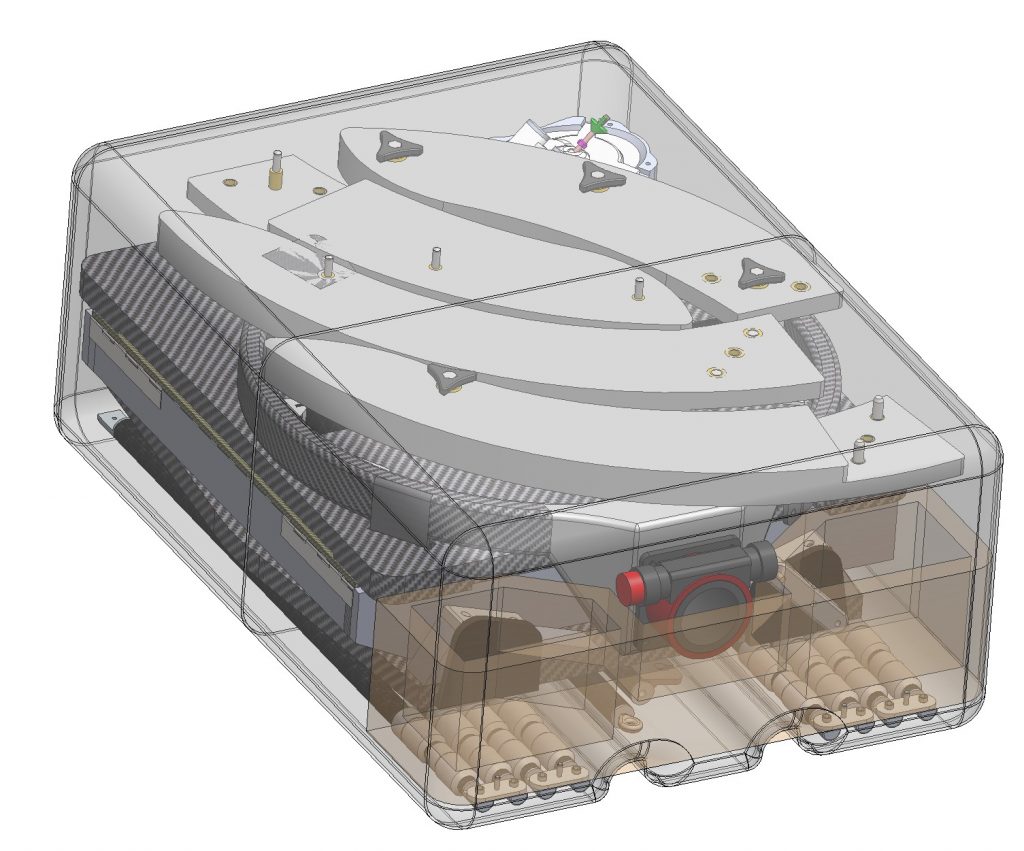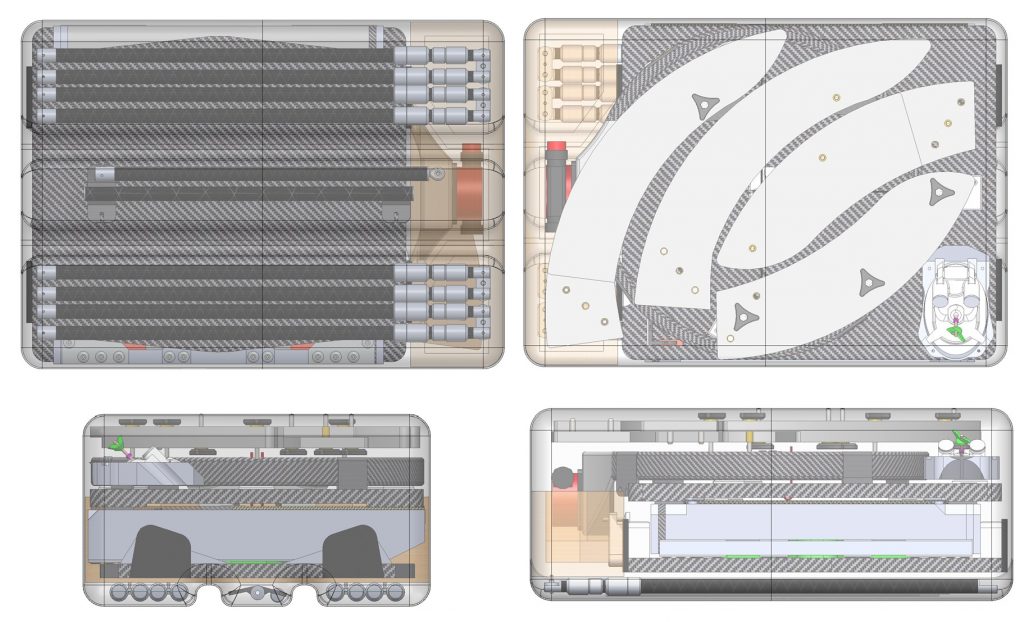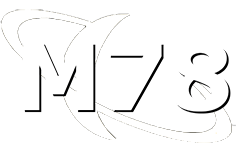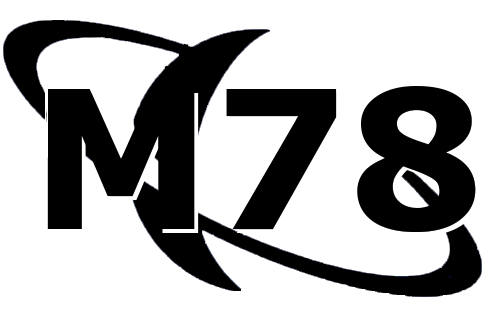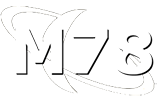T400 - Ultra Compact - Design
Constrains
The 400mm F/D=4 mirror is 25mm thick and weighs 6kg.
The 89mm secondary mirror is 23mm thick.
The 2-inch Feather Touch Light focuser.
The storage case with an internal capacity of 69x51x29cm.
Given the light weight of the primary mirror, the telescope will be balanced on three axes:
– Loading the secondary mirror.
– Sizing the trunnions.
– Adding counterweights as a last resort and brakes.
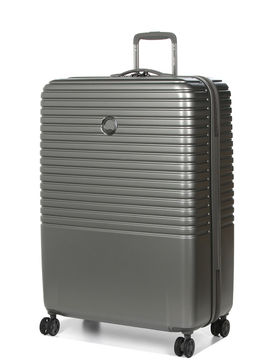
Eyepieces range
I’m already equipped with a range of Televue eyepieces, from the 24-point pano to the 3.5-point Nagler for the Strock250. The purpose of analyzing the eyepiece range here is to define optical, mechanical, and balancing requirements.
I consider the magnification and field of view to be quite good, except for the highest magnification; the 24-point pano doesn’t allow for a 1° field of view, which is a shame for deep-sky photography for an eyepiece that also serves as a « finder. » A field of view between 1.1 and 1.2° would be a good compromise. We would benefit from 2-inch eyepieces, but also, with the accompanying weight, the mass difference on the secondary housing must be compensated by 4 to 5 times this mass on the primary housing!
Télévue’s alternatives to the 24mm pano are the N22, N26, Ethos 17, and 21:
– The best would be the Ethos 21, but it’s out of budget and too heavy (300g difference compared to the other alternatives).
– The 17mm Ethos is expensive and has a field of view of only 1.06° on the sky.
– The Nagler 22 and 26 are comparable in mass; the tradeoff is between a larger field of view and less contrast on the sky background / a larger pupil. I’d go with the Nagler 22.

The table above shows that the use of Paracorr will be necessary for all eyepieces, it will be necessary to take into account the 500g of Paracorr permanently for balancing. We also see the margin necessary on the secondary diaphragm, here the minimum internal diameter of the secondary cage would be 2×10.9mm + 400mm =422mm, I will take a little margin here with a dimension of 430mm.
Secondary cage
Focuser choice
I had chosen the PO before my entire eyepiece range, therefore I had taken the PO all-purpose travel, which is 2 inches of travel. In hindsight, it is oversized. My eyepiece range only needs 15mm of travel, not to mention the fact that the paracorr also allows you to focus. My PO is a feathertouch lightweight FTF2020 (about 500g, a gain of #200g compared to the basic version). The version with 1.5″ of travel allows you to save 30g on the secondary cage.
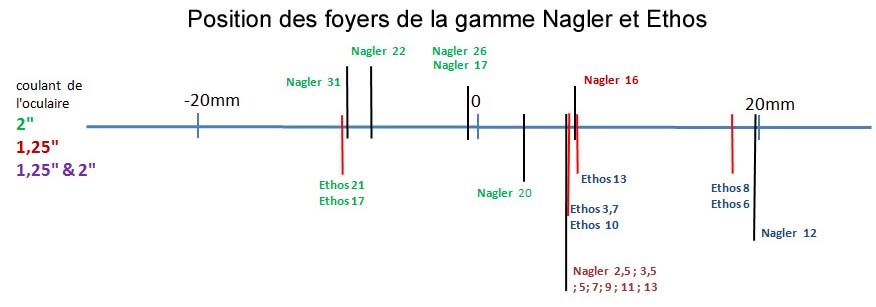
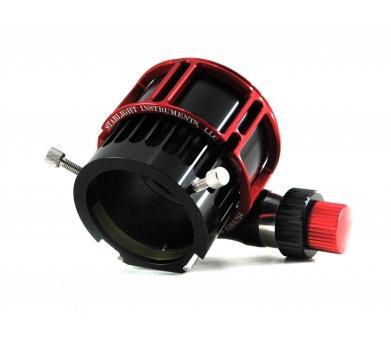
During the construction, a new lens design appeared : the HOUDINI 20. It is a good substitute of N22+paracorr for a weigh of only 600g in comparison of 1,1kg. So it is a perfect choice for my specifications.
Rim
To ensure compactness when packing in my case, the cage is a single ring with a protrusion for the P.O. The external diameter must be less than 50 cm.
Depending on the manufacturing process and the core material, not all shapes are possible. The most compact and rigid shape is the circle with the same thickness/section. This shape is easy to create precisely with a 3D printer, although it’s probably not optimal in terms of weight. Initially, I wanted to keep the secondary mirror in position, protected in a pyramidal spider, however, this choice isn’t optimal for stacking the components when packing in the case. I therefore prefer to place the C.S. ring without its mirror on the primary case with an offset P.O.
Removing the secondary mirror frees up a lot of space for storage; the mirror is placed in a dedicated box during transport.
The focuser is oriented at 30° and not to the side of the telescope or at 45°.
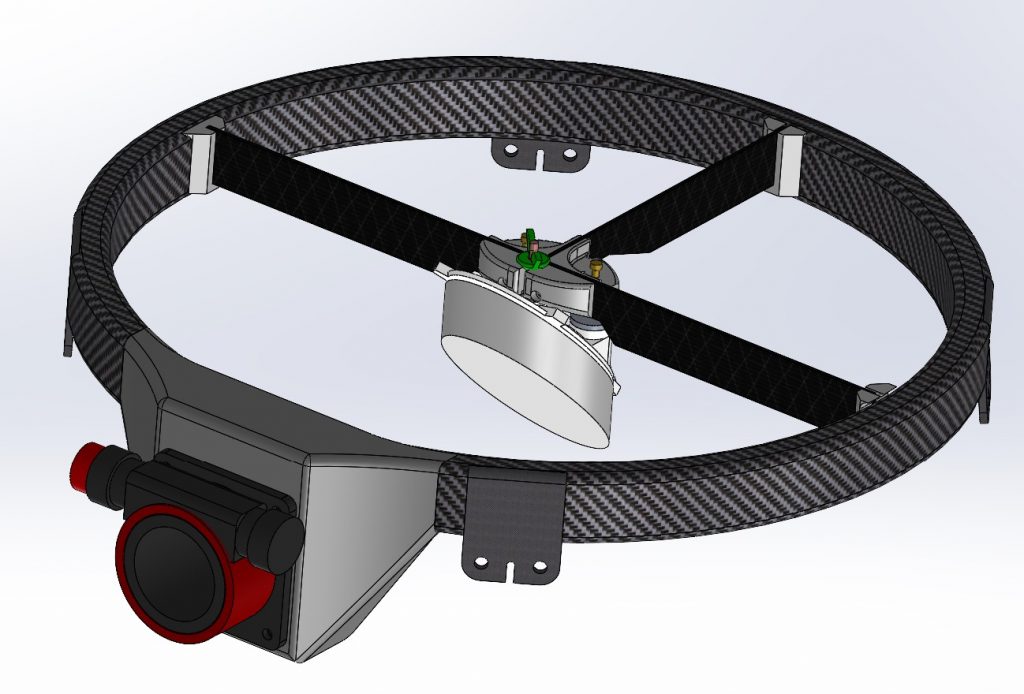
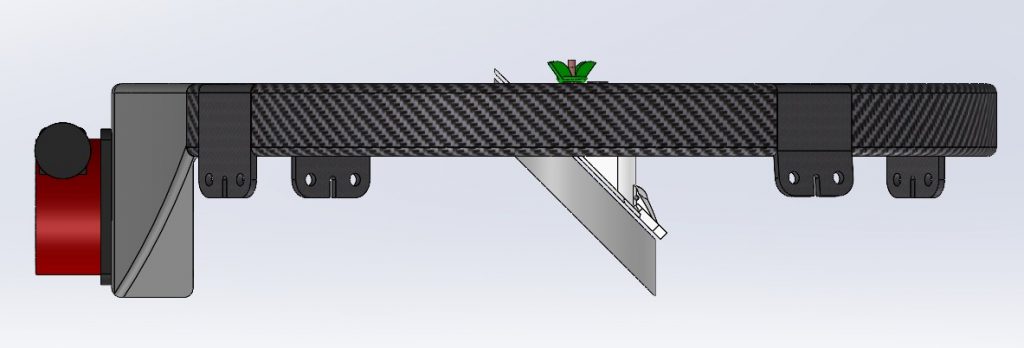

Spyder
I will reproduce here the removable spider of Philippe’s T350 based on the point/line/plan support with the point replaced by a ball joint and with a return elastic on the back (the 2 red hooks on the images). The support is 3D printed.
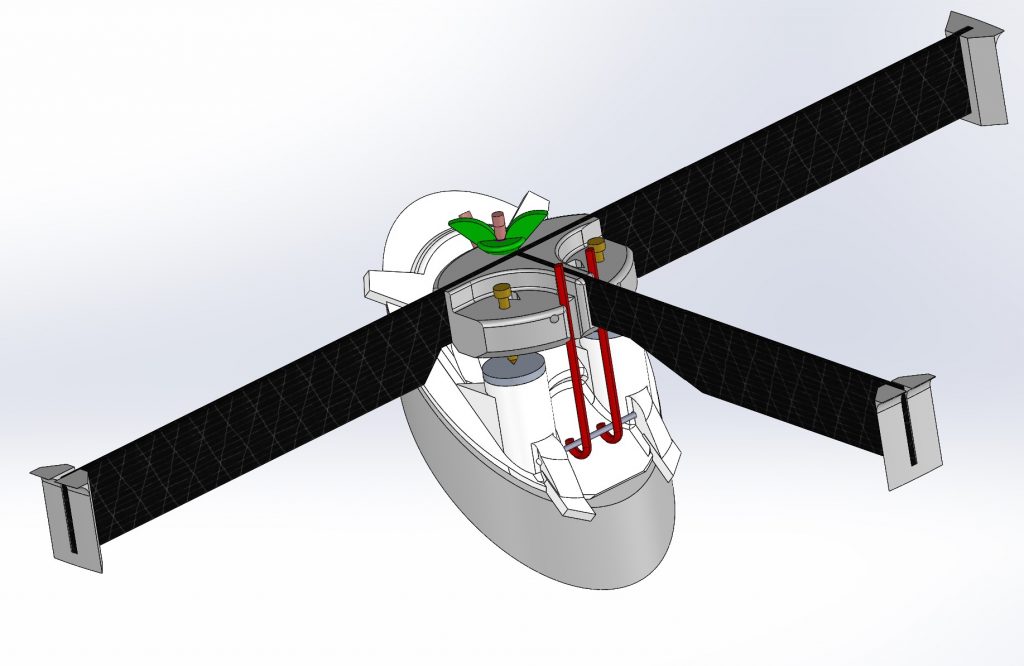

Compass attachments on the secondary cage
I will be re-using the T400 compass mount from the redesign club #3. This solution provides the equivalent of embedding the compasses on the secondary cage; the two screw heads of the compasses serve as centering pins. Carbon plates dedicated to the tube mounts are glued to the secondary cage, with the minimum length of the plate extending below the C.S. to ensure maximum rigidity.

Compas
I chose to use compasses rather than a bundle to gain the length of the lower plate attached to the tubes. When stored, the tubes must pass on each side of the suitcase trolley. Therefore, the stored tubes must measure less than 65cm and installed approximately 135cm. The tube attachment must be rigid, the solution chosen on the T400 redesign N#3 becomes loose with use, we must find something else.
The least bulky solution is the telescopic tube. You can use lever-operated trekking poles; the rotating clamps on trekking poles don’t work because you have to orient the clamps.
Rotating clamps, like those on some photo stands, and the correct tube diameters are sold by the supplier Carbonetube.net. The solution is expensive but seems optimal, so I’ll make this choice.
Here, we’ll have three 50cm sections of tube, which is less than 65cm when stored and 135cm when unfolded, with about 10cm of overlap.
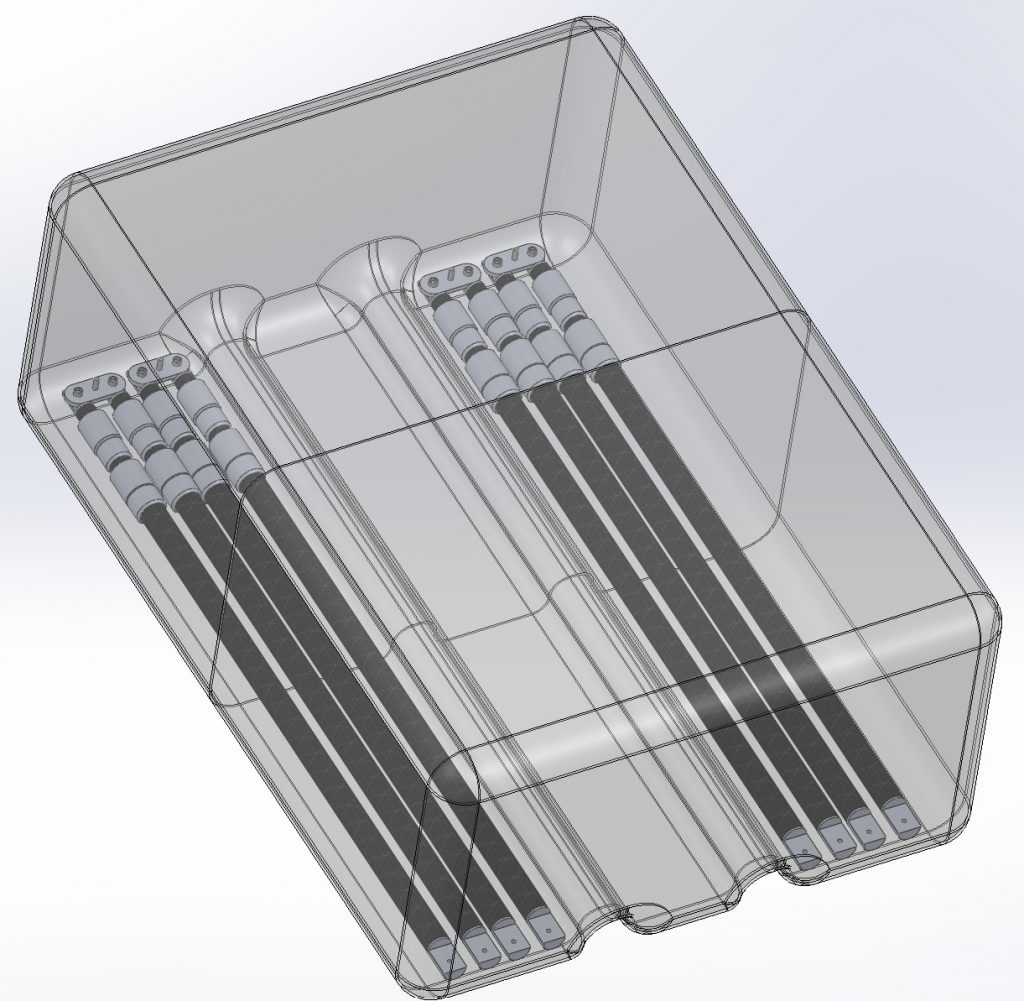
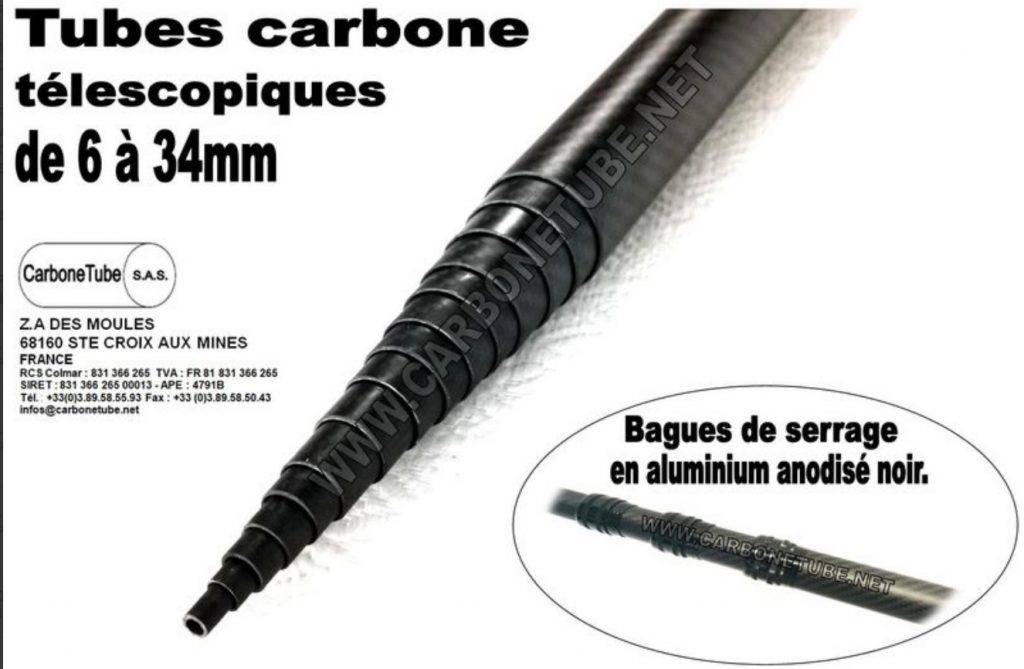
Primary box
The primary housing is simply a carbon fiber foam frame with large gussets in the corners to ensure good strength, to attach the barrel, to hold the side keys, etc.
The rear of the CP has two carbon fiber corner pieces to hold the compasses.
I also added a guide for the collimation rods in the CP by drilling the wall just above the barrel adjustment screws.

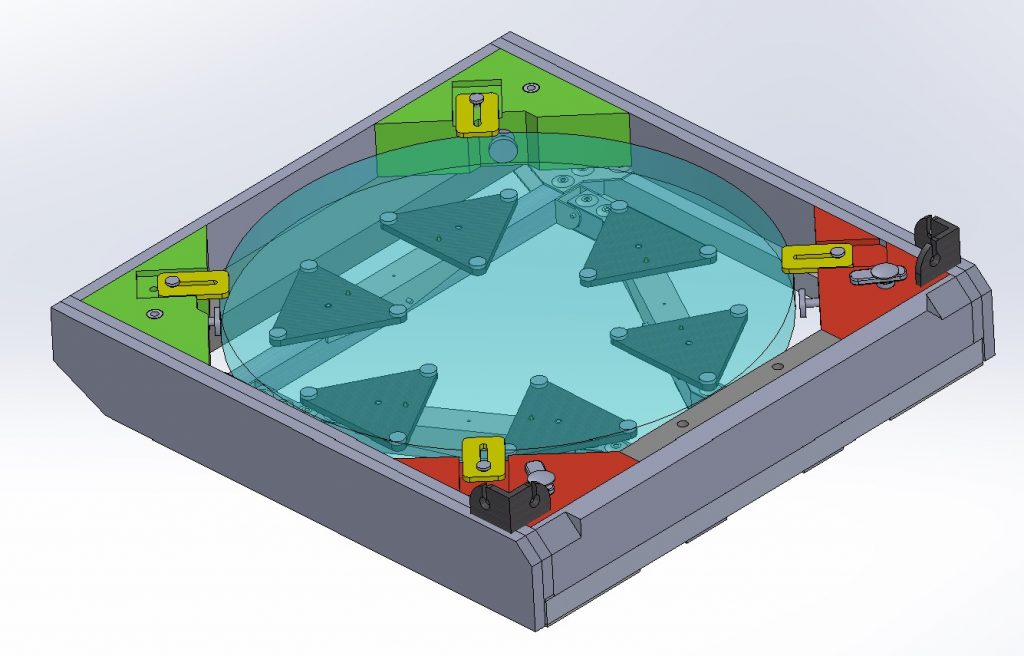
Mirror cell
Nothing new, we’ll be using the same barrel as Serge’s T400-c. An 18-point barrel with two-lever adjustment.
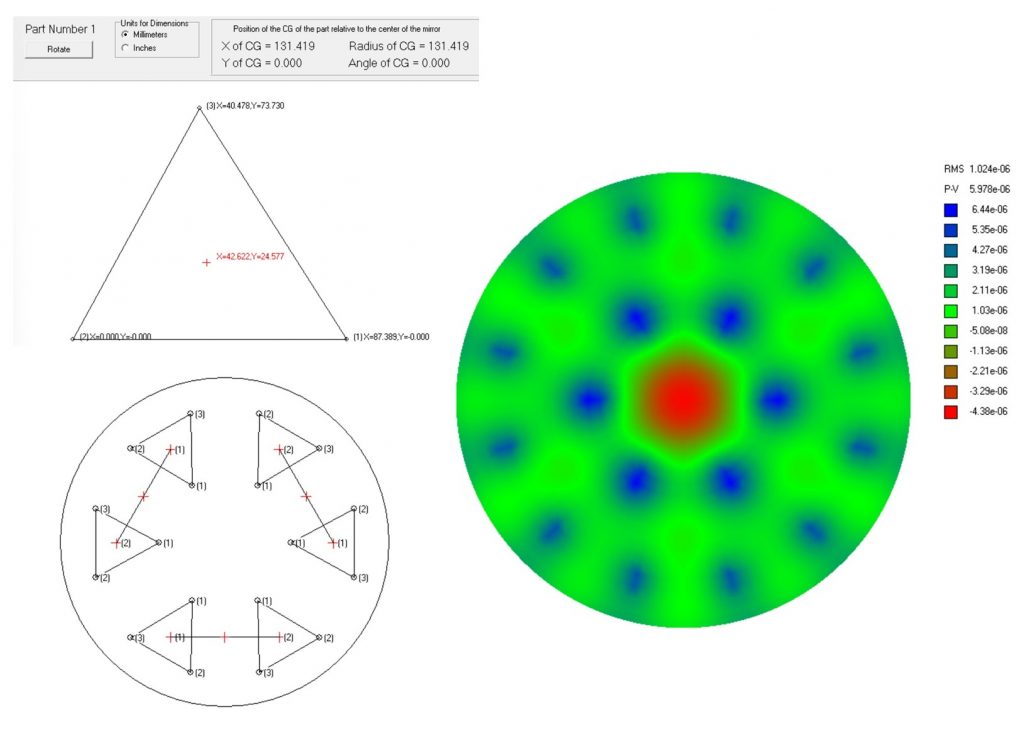
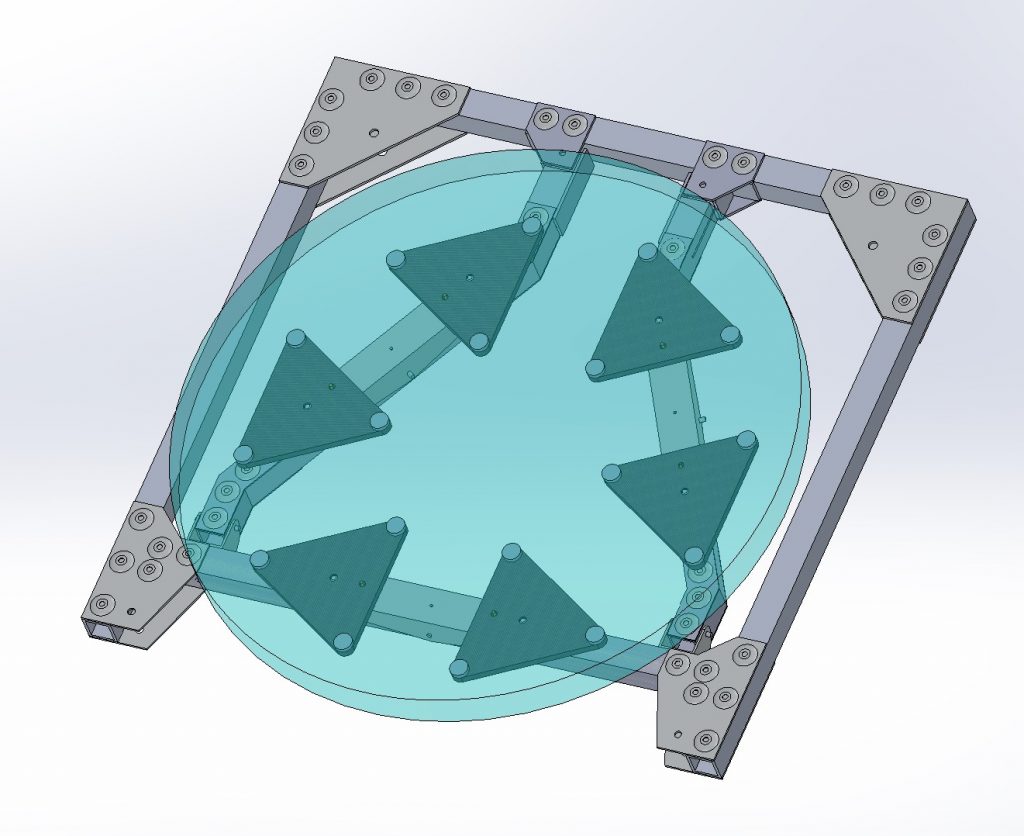
lid
Rather than a loose hood, I opted for a two-piece hinged hood that reinforces the bracing between the trunnions. To fit between the side tubes, it isn’t cut in half.
The rear corners are cut at 45° to allow for locking and access to the tube mounts.
The hinges are made using standard or piano hinges.
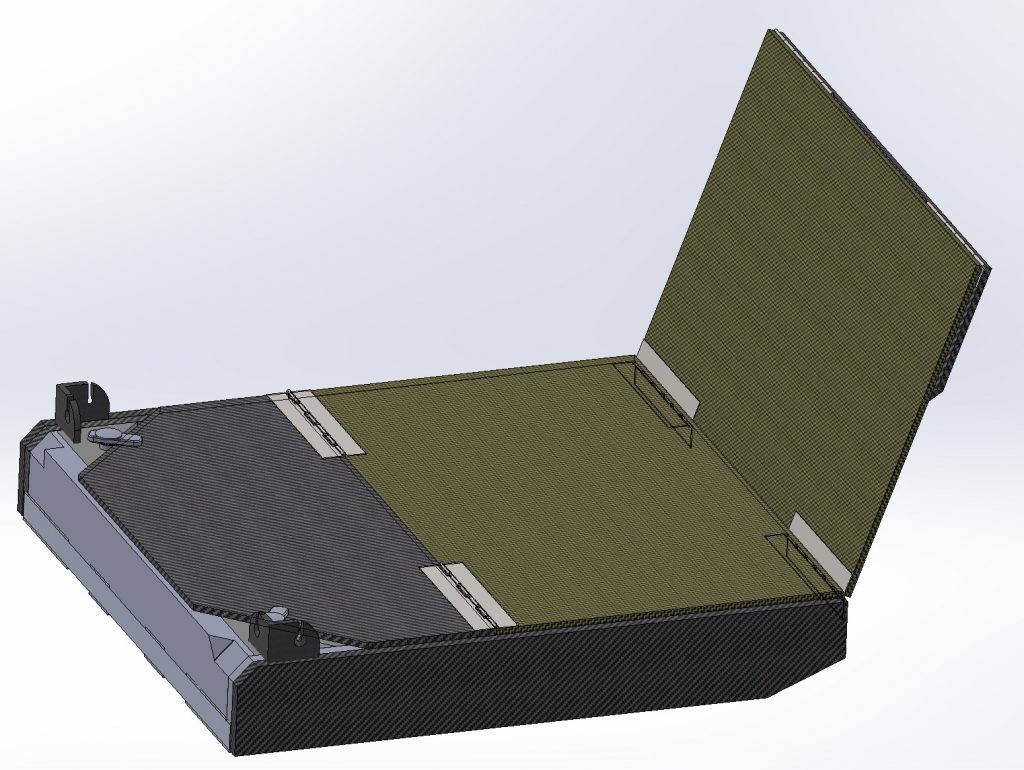
Spacer
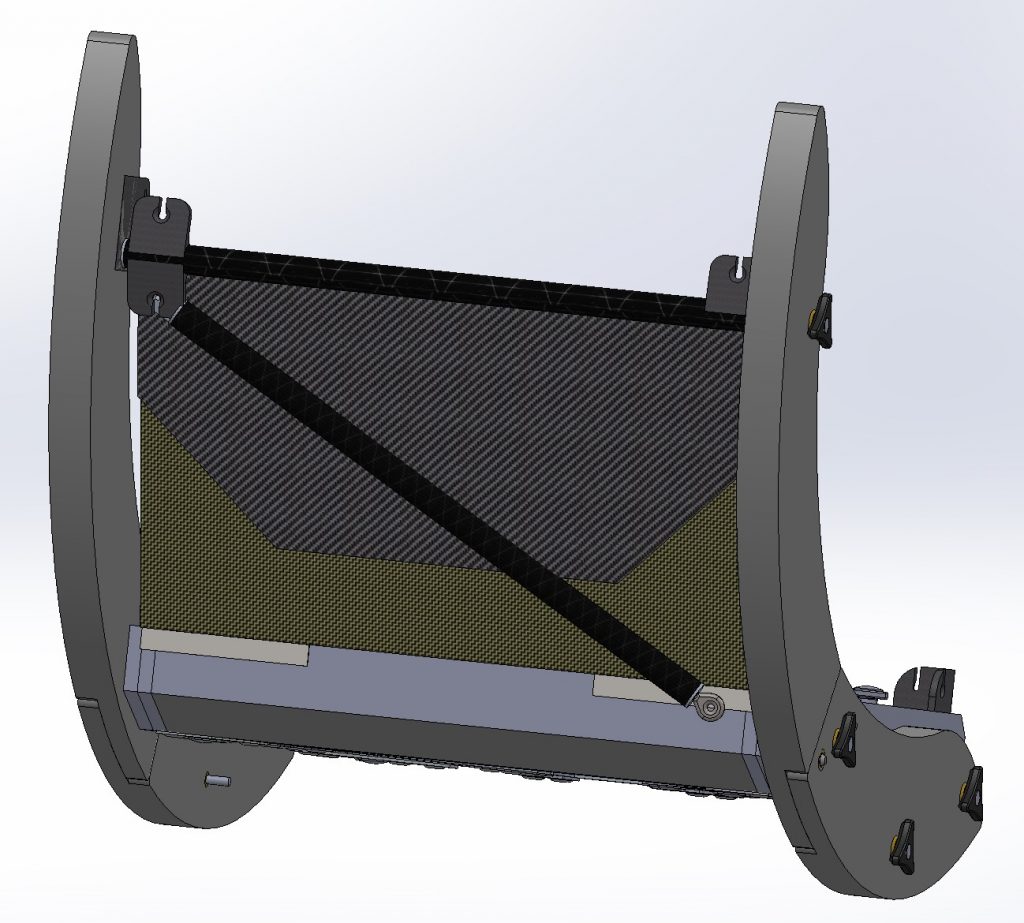
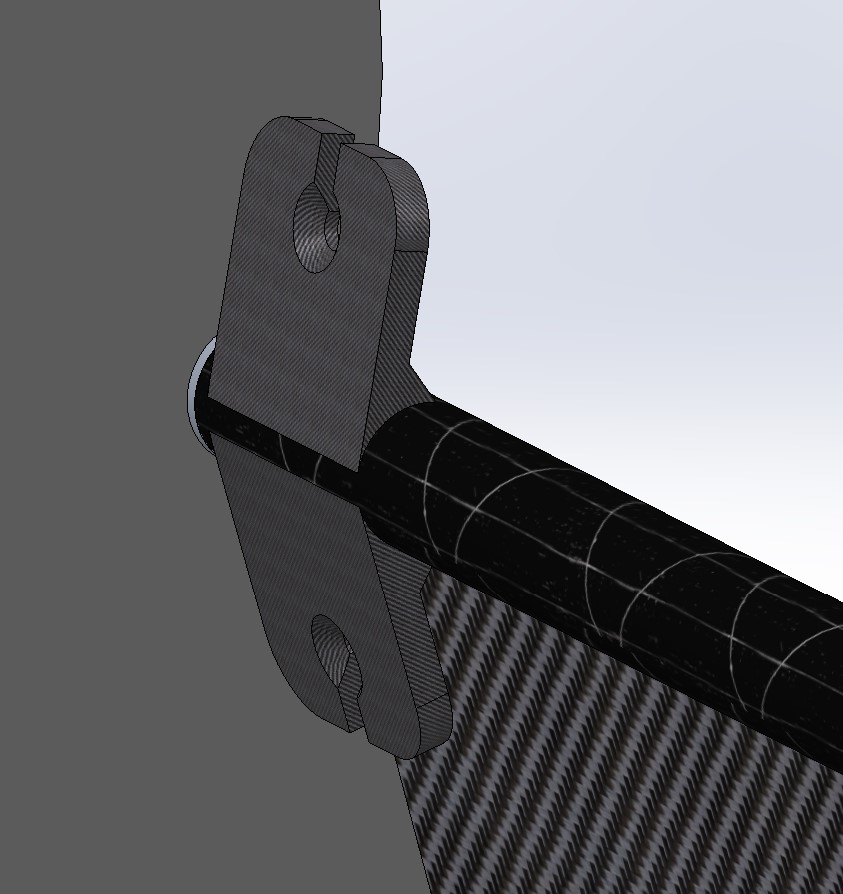
The two pivots are connected by a tube; it also serves as a stop for the hood in the open position and as a support for the front stay. The stay is secured in a fork with a conical clamp.
There remains some doubt about the need to triangulate the tube with the main control arm. I plan to use a tube positioned diagonally with a ball joint screwed into the bottom to screw it onto the main control arm.
Balance & trunnions
The mirror is too light here (6 kg) to counterbalance the load of the secondary cage, the mirror is too open to do without the Paracorr; the sides of the CP cannot be mounted due to storage. Therefore, it will be necessary to adjust the diameter of the trunnions and add counterweights.
In a loaded configuration of 1.3 kg (500 g of Paracorr, 680 g of Nagler 22, and 100 g of finderscope), the center of gravity is very high, approximately 320 mm above the CP.
The maximum diameter of the single-piece trunnions cannot exceed 60 cm to fit them in the case, but a 5 kg counterweight would have to be added.
By switching to two-piece trunnions, a diameter of 80 cm can be increased. The junction is made by overlapping with two centering pins between the two pieces and a through-bolt on the primary case.
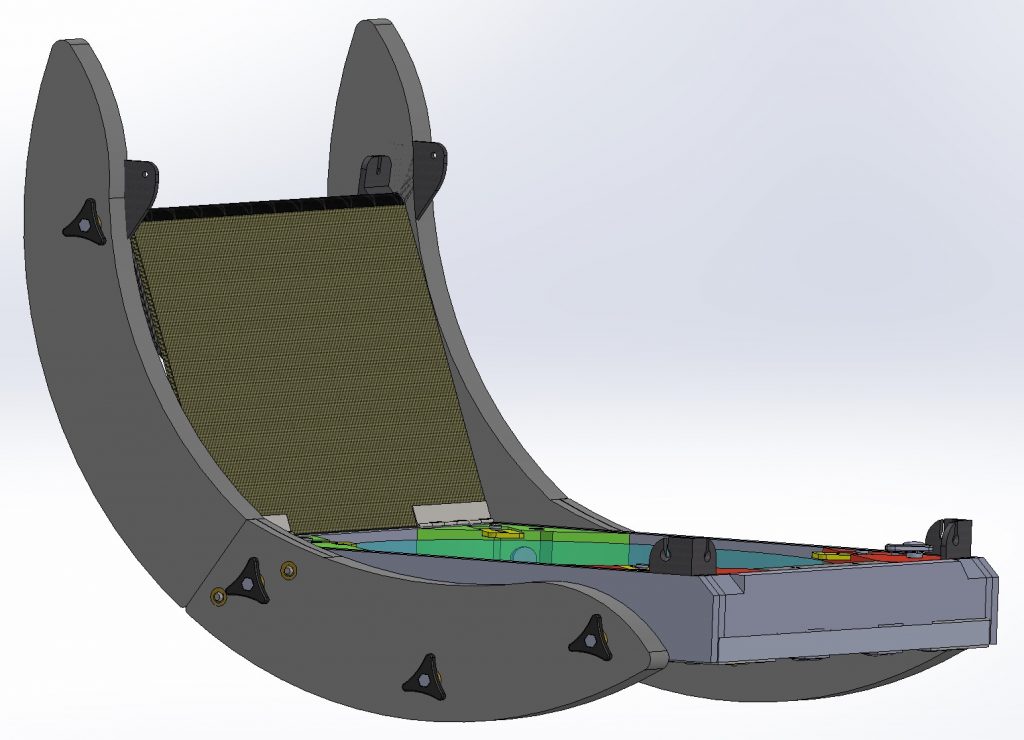
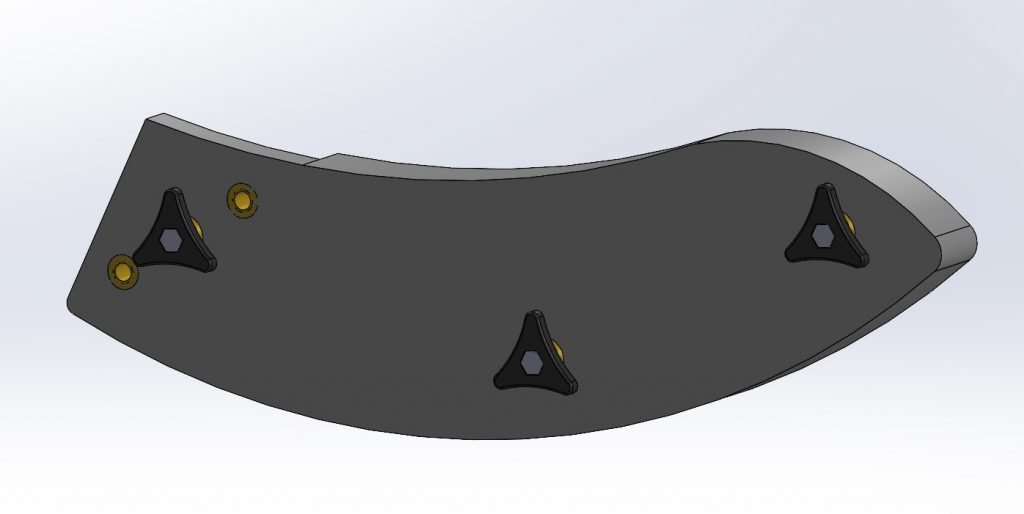
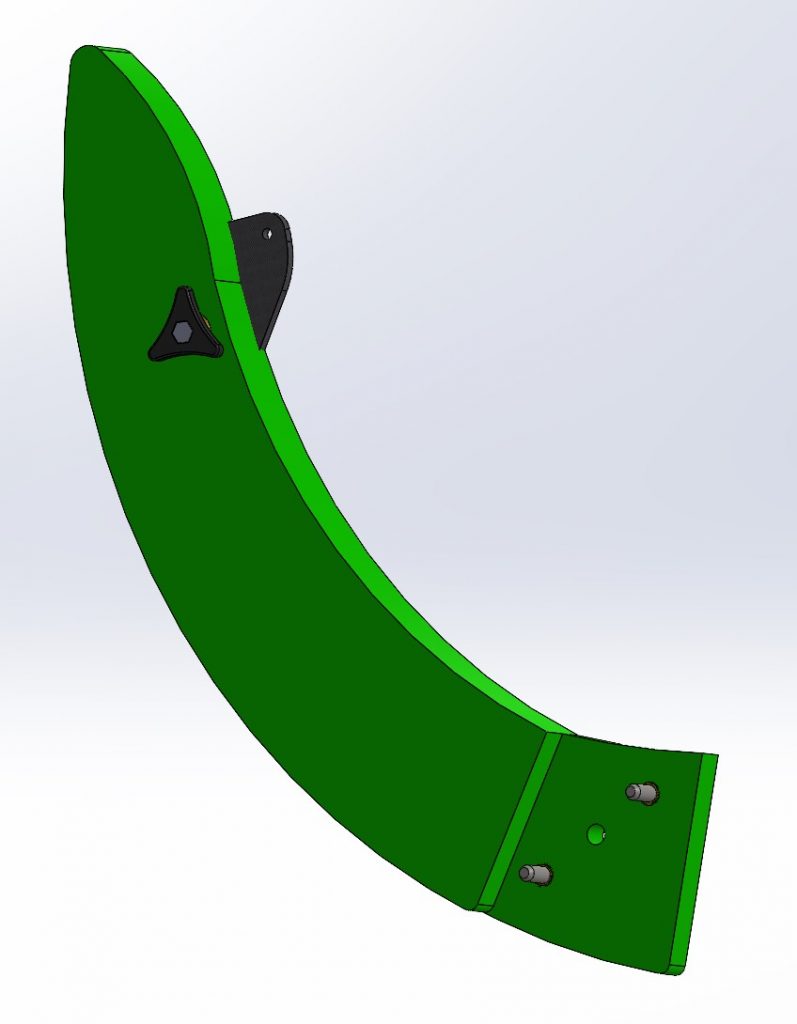
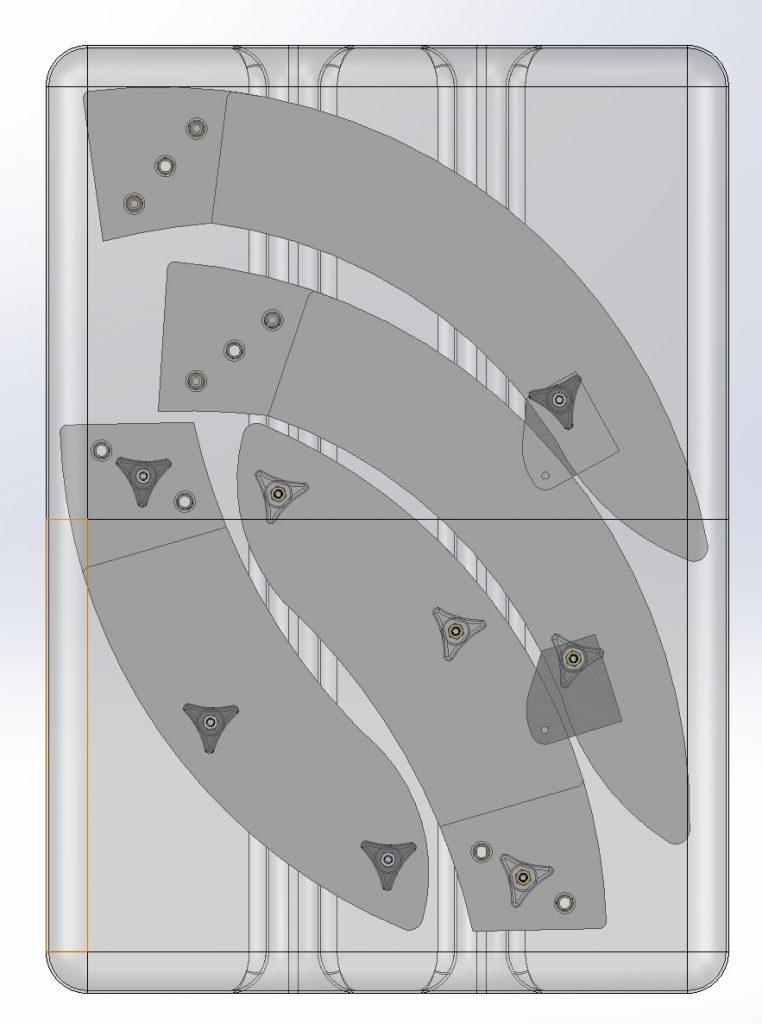
Despite the large trunnions, the CoG still needs to be lowered by 50mm, which is too much for spring or elastic compensation, and a counterweight is needed. To minimize the counterweight mass, it should be placed as low as possible on the structure. Adding a bar between the trunnions is the most effective; only 2kg would be enough (the bar in red in the images). This mass will be refined with use.
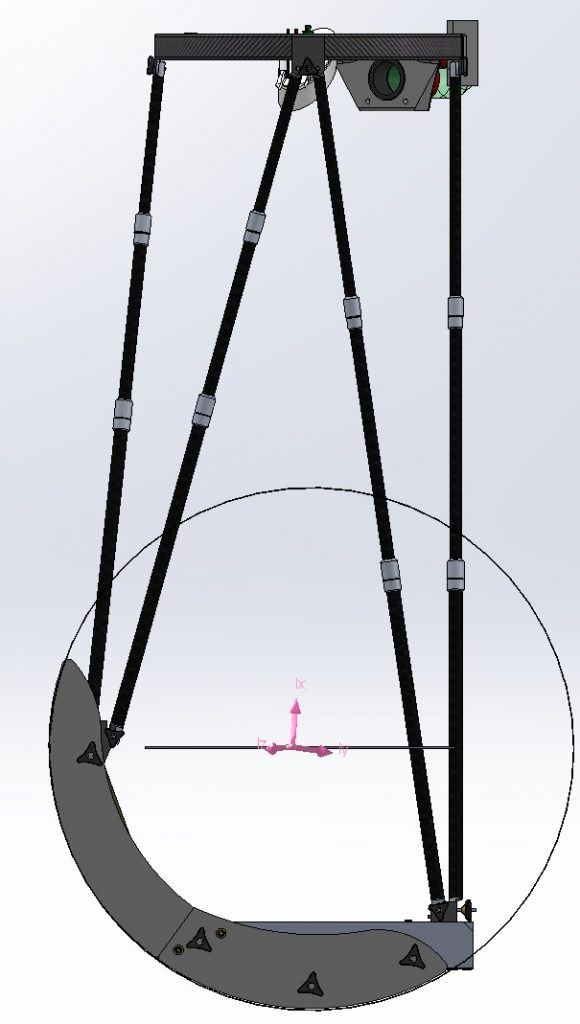
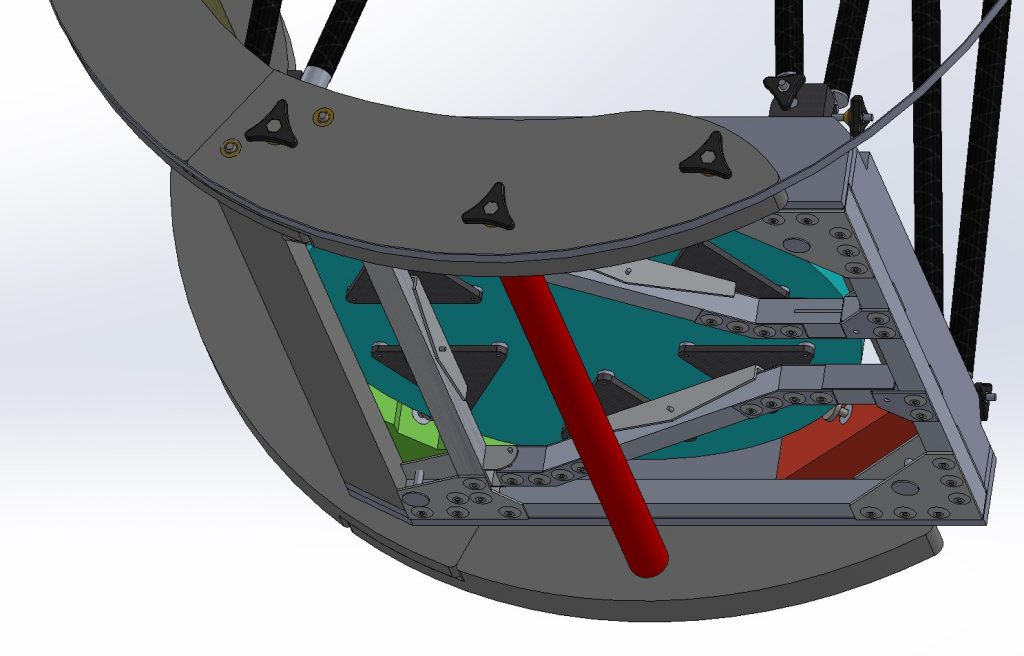
Rocker & base
Nothing specific about the rocker and its base. They will be made of foam laminated with carbon. On one of the contact points with a trunnion, I added a brake (screw with plastic pad).
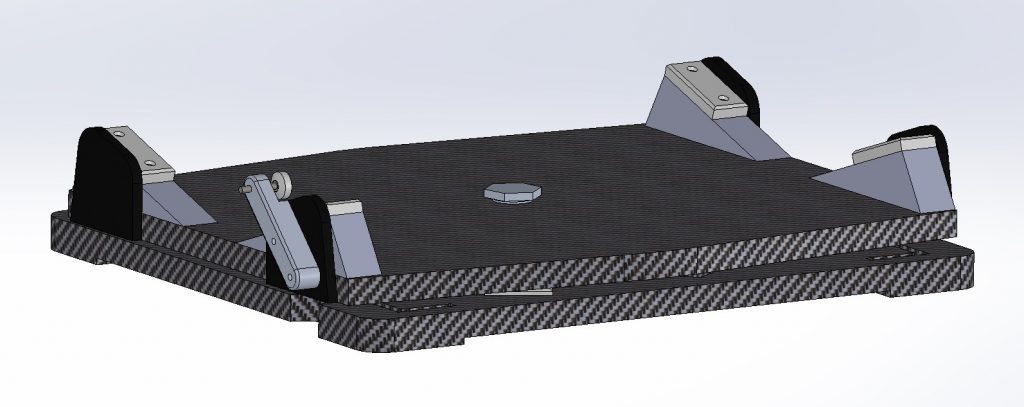

Packaging
A few pictures are worth a thousand words.
